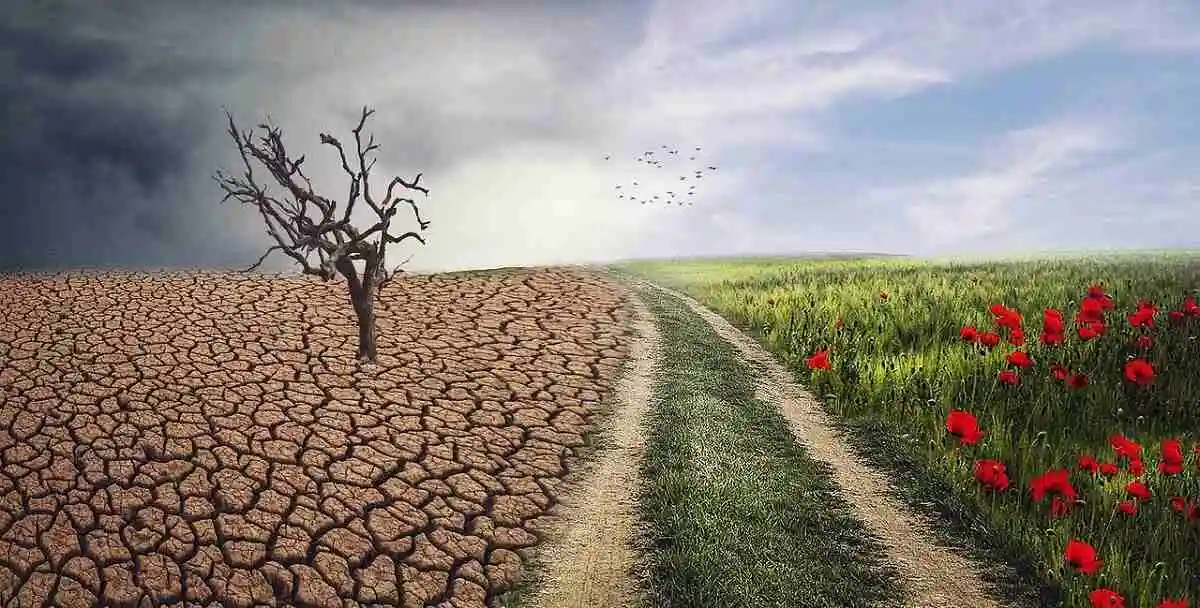
In a world battered by record-breaking floods, droughts, and heatwaves, the climate crisis isn’t just an environmental emergency—it’s a stark tale of economic exploitation. The latest Climate Finance Shadow Report 2025, released by Oxfam and the CARE Climate Justice Centre, pulls back the curtain on how wealthy countries are turning the Paris Agreement’s promises into a lucrative loan racket. As developing nations reel from disasters they didn’t cause, rich donors are raking in profits while saddling the Global South with crushing debt. With COP30 on the horizon, this report isn’t just data—it’s a wake-up call for climate justice.
Published amid escalating aid cuts and fossil-fueled catastrophes, the report analyzes progress on climate finance under the Paris Agreement and uncovers a system rigged against the vulnerable. From the Horn of Africa’s famine to Brazil’s deluges, low-income communities are paying the ultimate price. But the real scandal? For every $5 in climate loans received, these countries are repaying $7—fueling a vicious cycle that demands urgent reform.
65% of Climate Aid as Debt, Not Help
At the heart of the crisis is the explosion of loans masquerading as climate support. In 2022, rich countries boasted mobilizing $116 billion in climate finance—a figure the report debunks as inflated hype. The actual value? A meager $28-35 billion, barely a third of what’s pledged.
Worse still, 65% of this “aid” comes as loans at market rates, with no meaningful concessions. This isn’t philanthropy; it’s profiteering. Developing countries’ climate-related debt now totals $3.3 trillion, and nations like France, Japan, and Italy lead the pack in doling out these high-interest traps.
Consider the math: In 2022 alone, the Global South received $62 billion in climate loans. Repayments? An estimated $88 billion—a whopping 42% profit margin for creditor countries. As Oxfam’s Climate Policy Lead Nafkote Dabi bluntly states: “Rich countries are treating the climate crisis as a business opportunity, not a moral obligation. They are lending money to the very people they have historically harmed, trapping vulnerable nations in a cycle of debt. This is a form of crisis profiteering.”
This debt spiral doesn’t just strain budgets—it starves climate action. Funds meant for resilient infrastructure or disaster recovery are diverted to interest payments, leaving communities exposed to the next storm.
Vulnerable Nations Left in the Dust:
The inequity hits hardest for those who need it most. Over 2021-2022, Least Developed Countries (LDCs) snagged just 19.5% of public climate finance, while Small Island Developing States (SIDS)—on the frontlines of rising seas—received a pitiful 2.9%. And over half of that paltry share? Loans they’ll have to repay with interest.
Gender disparities compound the injustice: Only 3% of funding targets gender equality, even though women and girls bear the brunt of climate impacts, from water scarcity to displacement. In the Philippines, where 13 million faced battering typhoons this year, or Brazil’s floods displacing 600,000, the lack of targeted support means half the population is sidelined in recovery efforts.
John Norbo, Senior Climate Advisor at CARE Denmark, doesn’t mince words: “Rich countries are failing on climate finance and they have nothing like a plan to live up to their commitments. In fact, many wealthy countries are gutting aid, leaving the poorest to pay the price, sometimes with their lives.” OECD data backs this up: Foreign aid dropped 9% in 2024, with 9-17% cuts looming for 2025—the sharpest since the 1960s.
The Forgotten Pillar of Climate Resilience
While mitigation projects (like green energy) lure investors with quick returns, adaptation—helping communities withstand climate shocks—gets short shrift. It claims just 33% of total finance, leaving flood barriers unbuilt and early-warning systems underfunded. As disasters intensify, this gap translates to lives lost and economies shattered.
The report spotlights 2025’s grim toll: Millions displaced in the Horn of Africa, relentless storms in the Philippines, and unprecedented flooding in Brazil. Without scaled-up adaptation, these events aren’t anomalies—they’re the new normal.
Five Urgent Demands to End the Profiteering
As Brazil hosts COP30 later this year, the onus is on rich nations to deliver real accountability. Oxfam’s roadmap for justice includes:
- Honor Pledges: Deliver the full $600 billion for 2020-2025, map out scaling to $300 billion annually, and champion the $1.3 trillion Baku to Belém roadmap.
- End Loan Exploitation: Shift to grants and ultra-concessional finance to break the debt cycle for climate-vulnerable nations.
- Triple Adaptation Funding: Build on COP26’s doubling goal by 2025, aiming for at least triple by 2030.
- Capitalize Loss and Damage: Fully fund the global mechanism so victims aren’t left to drown in inaction.
- Tap New Revenue Streams: Tax the super-rich (potentially raising $1.2 trillion yearly in OECD nations) and fossil fuel windfalls ($400 billion annually) to foot the bill.
A global Oxfam-Greenpeace survey underscores public support: 8 out of 10 people back funding climate action via super-rich taxes, based on 2025 polling across 13 countries representing half the world’s population.
The Climate Finance Shadow Report 2025 isn’t alarmism—it’s evidence of a broken system where historical polluters profit from the fallout. As the Paris Agreement marks a decade of half-measures, the Global South demands more than rhetoric: They demand reparations, equity, and a future unburdened by yesterday’s emissions.
For humanitarians, investors, and everyday advocates, this report is a blueprint for change. Download the full analysis here and join the push for a just transition. COP30 isn’t just a conference—it’s a deadline. Will rich nations step up, or continue cashing in on catastrophe?